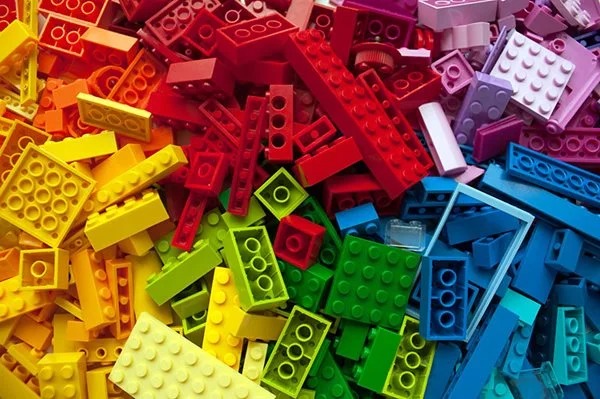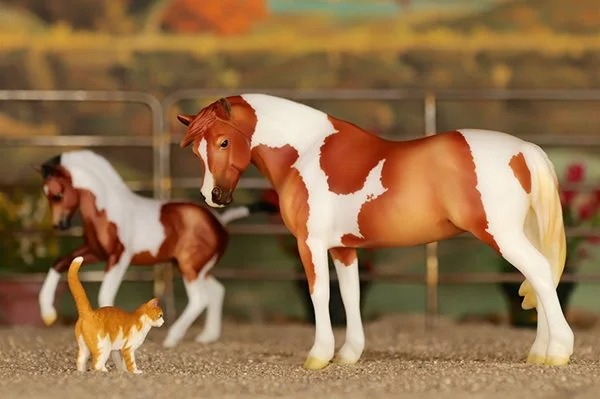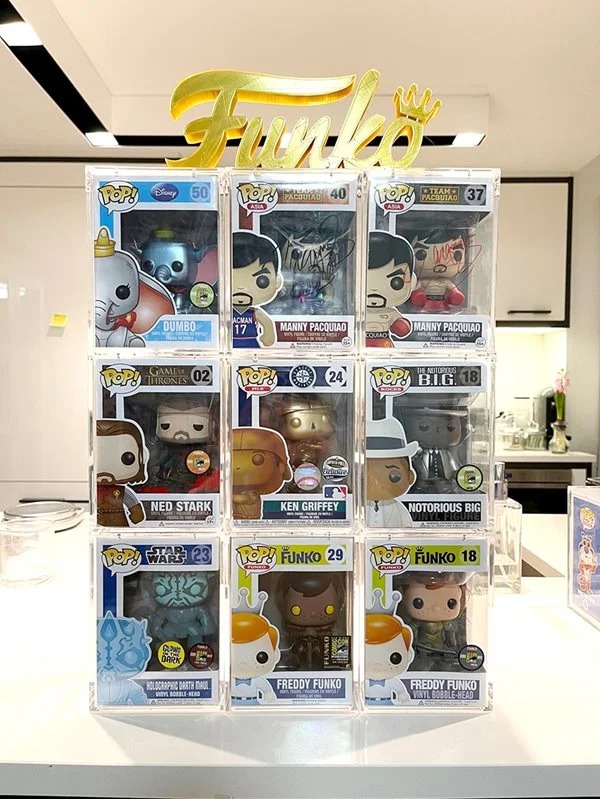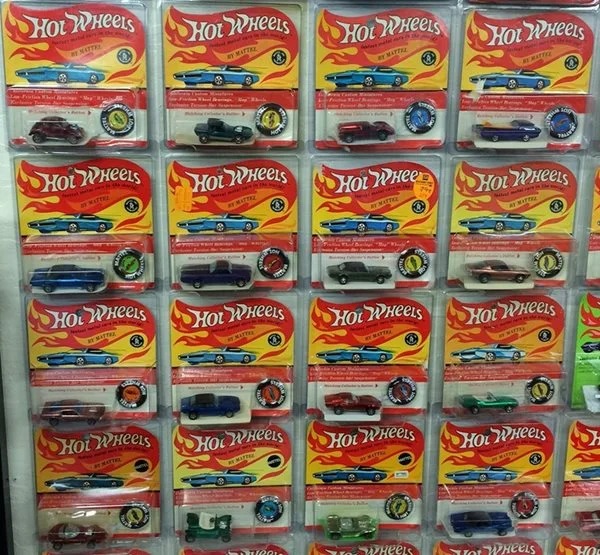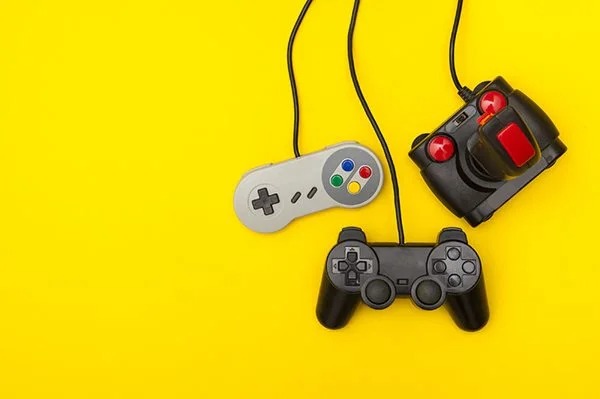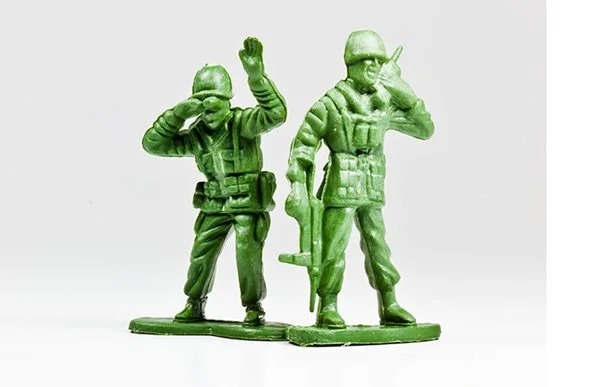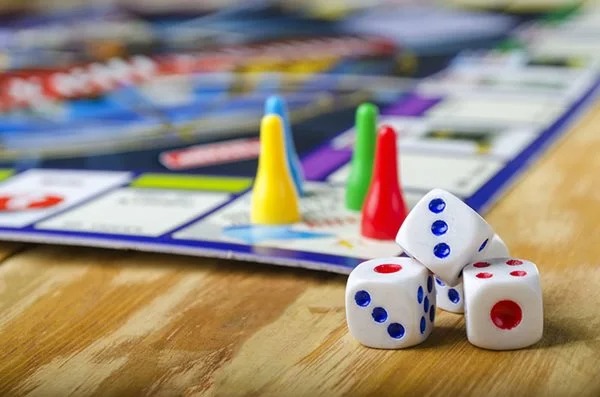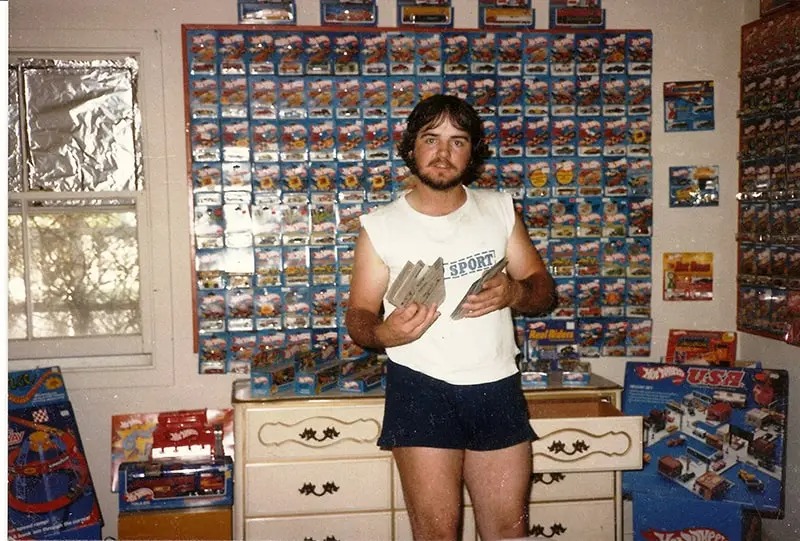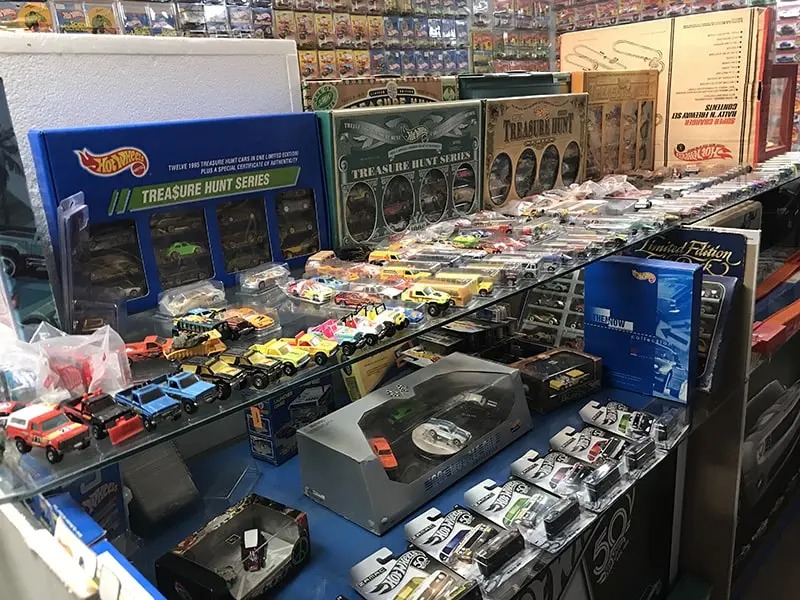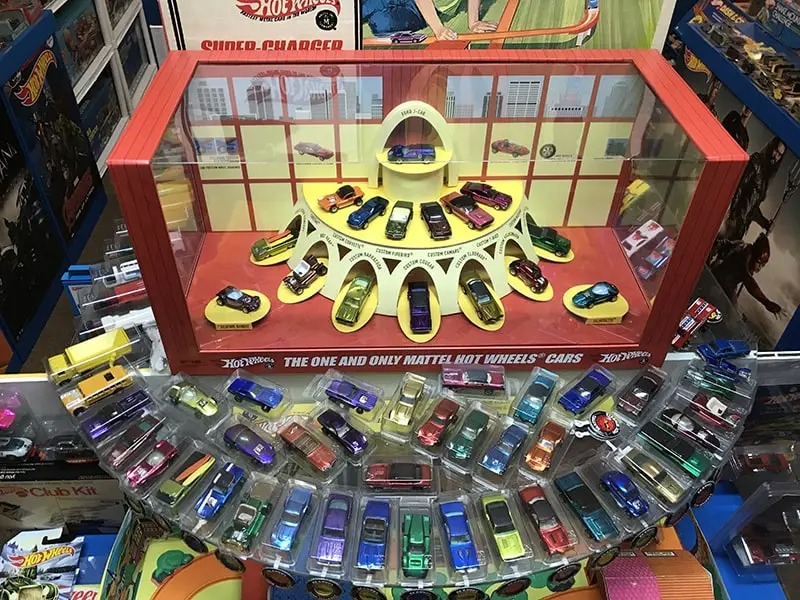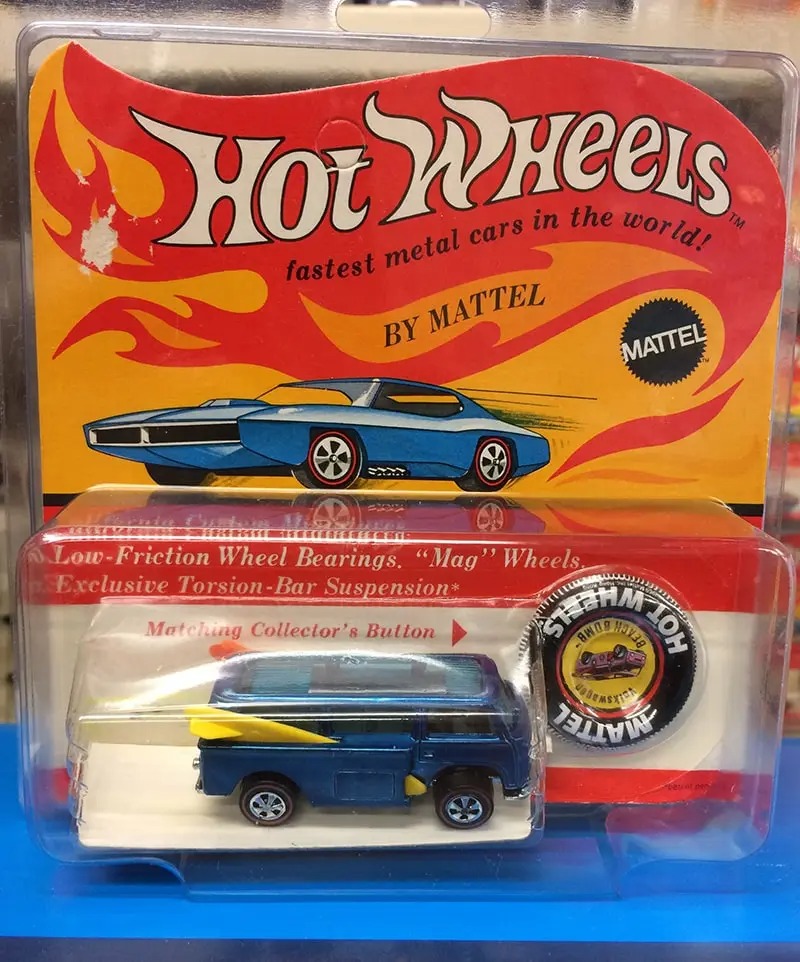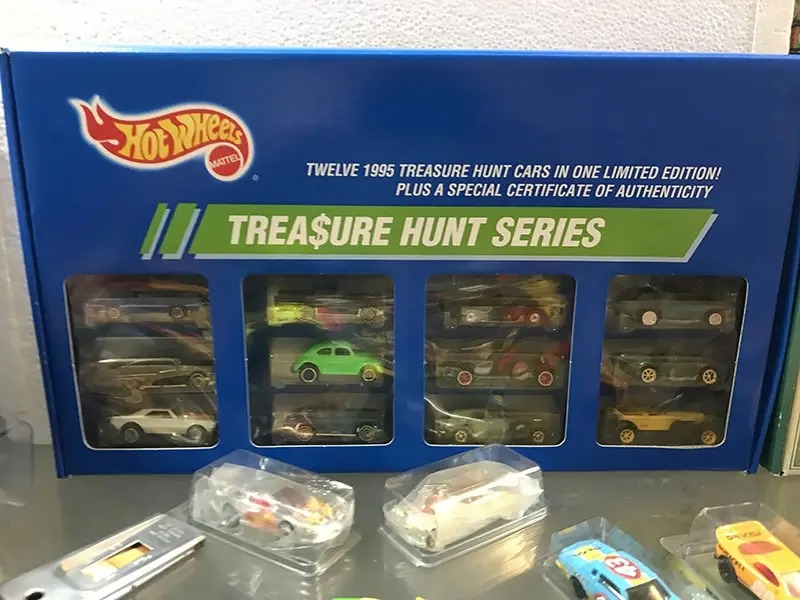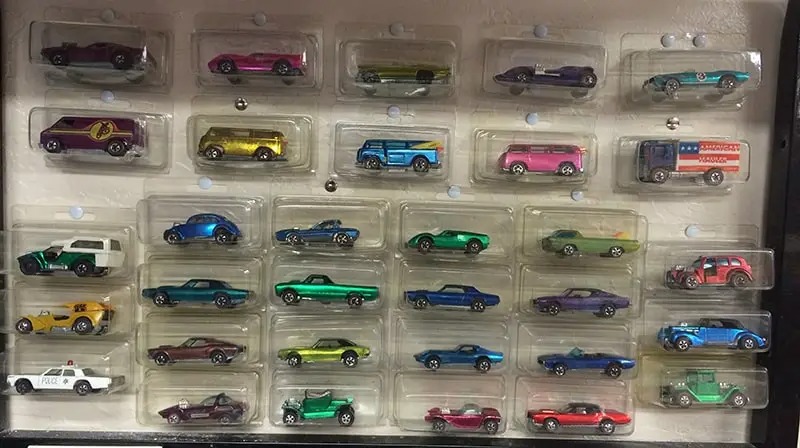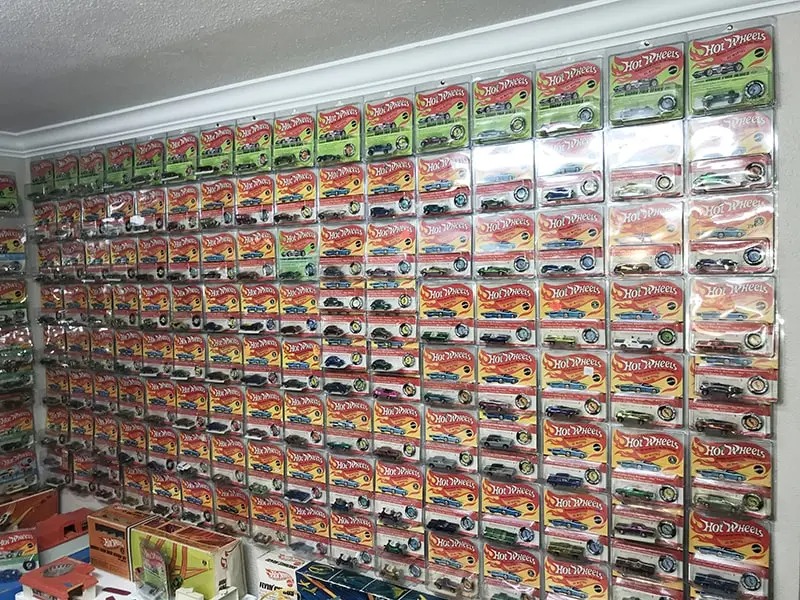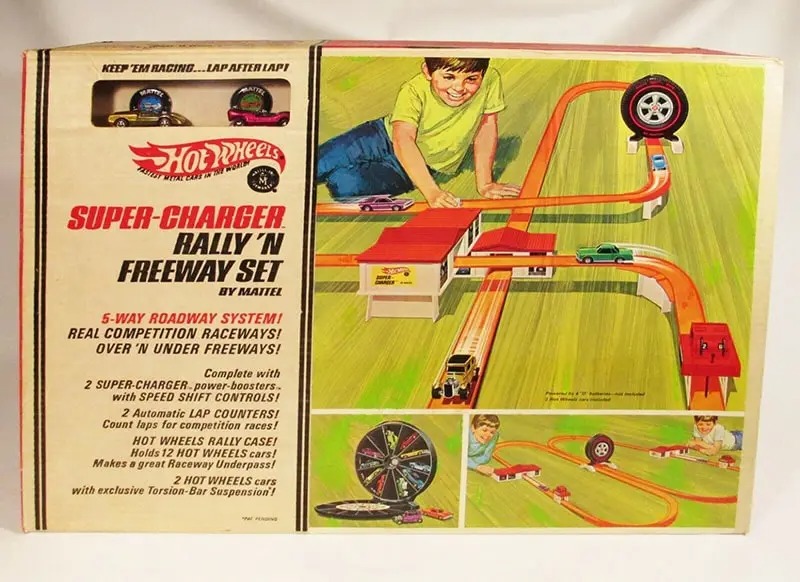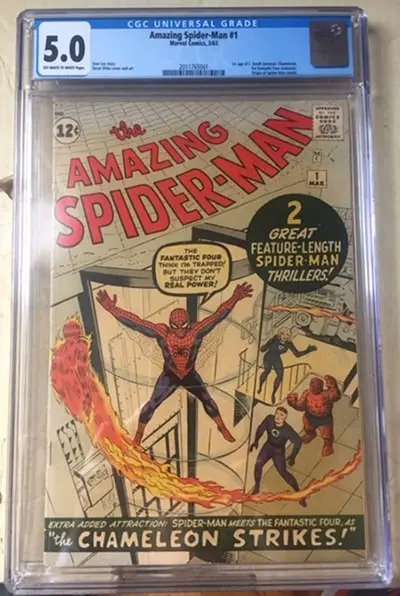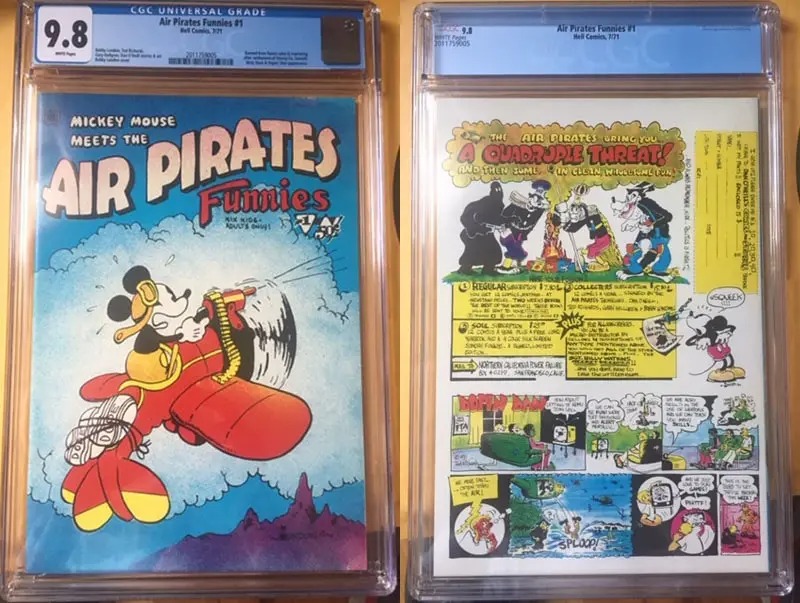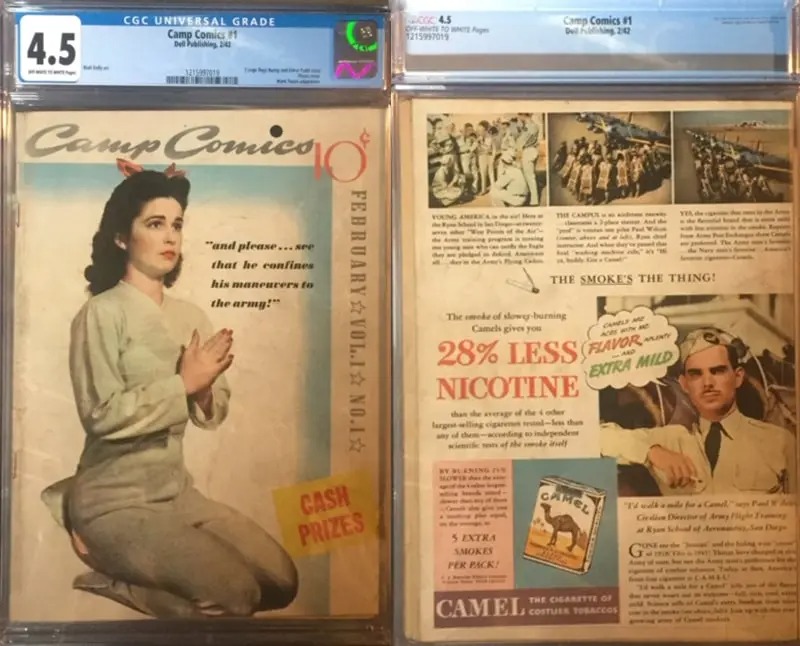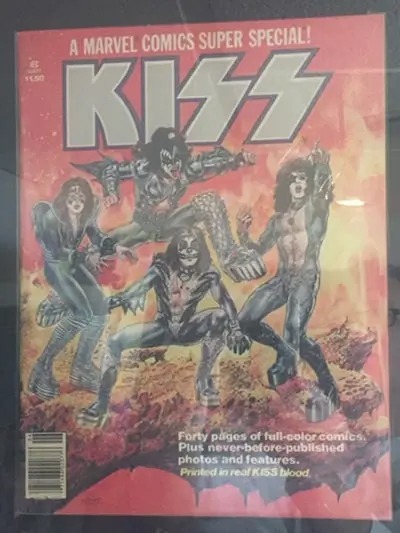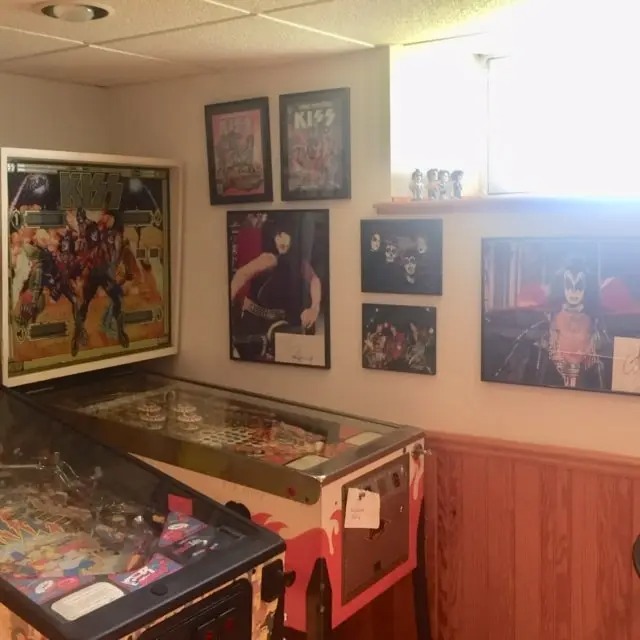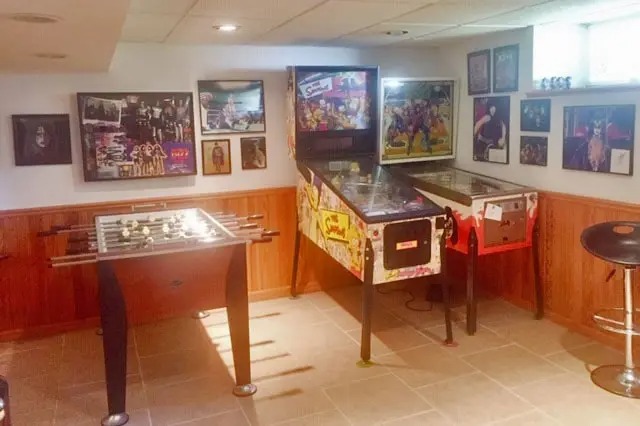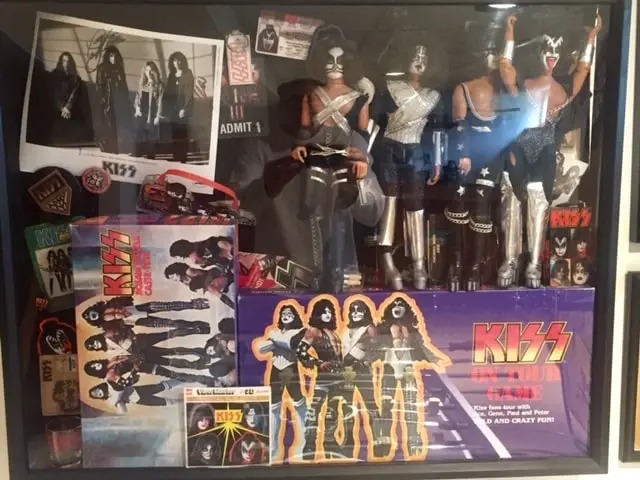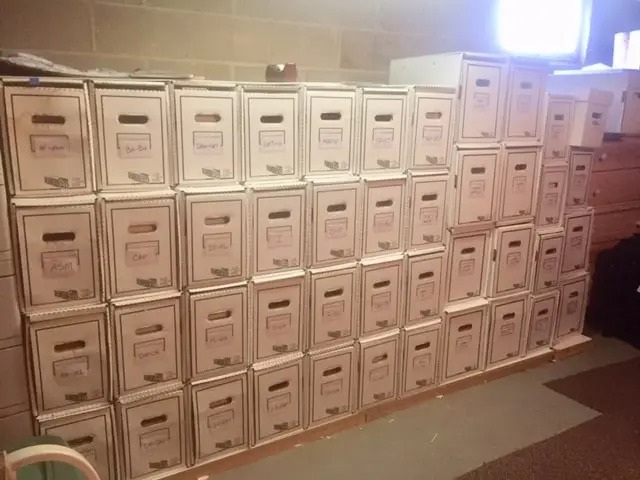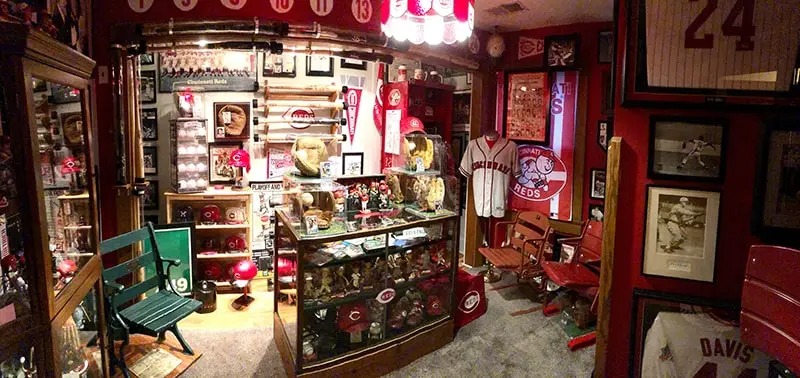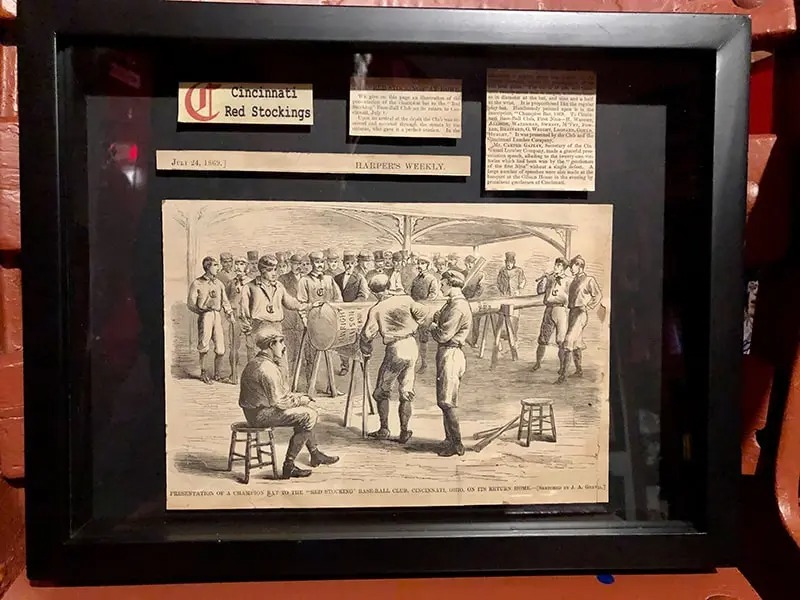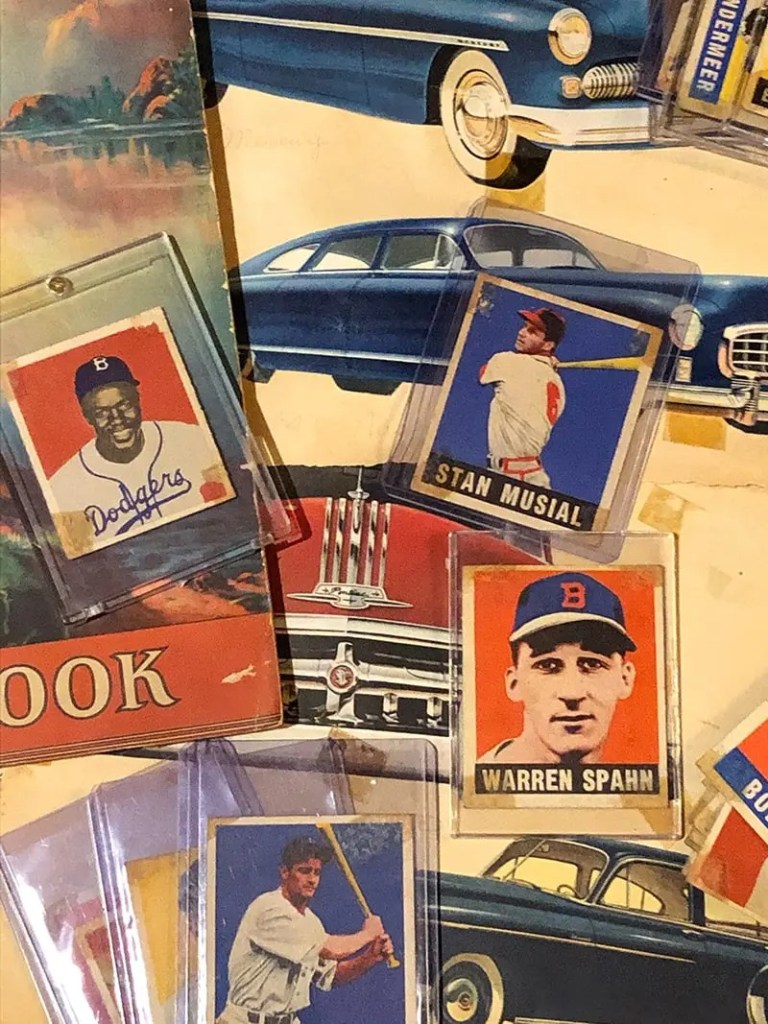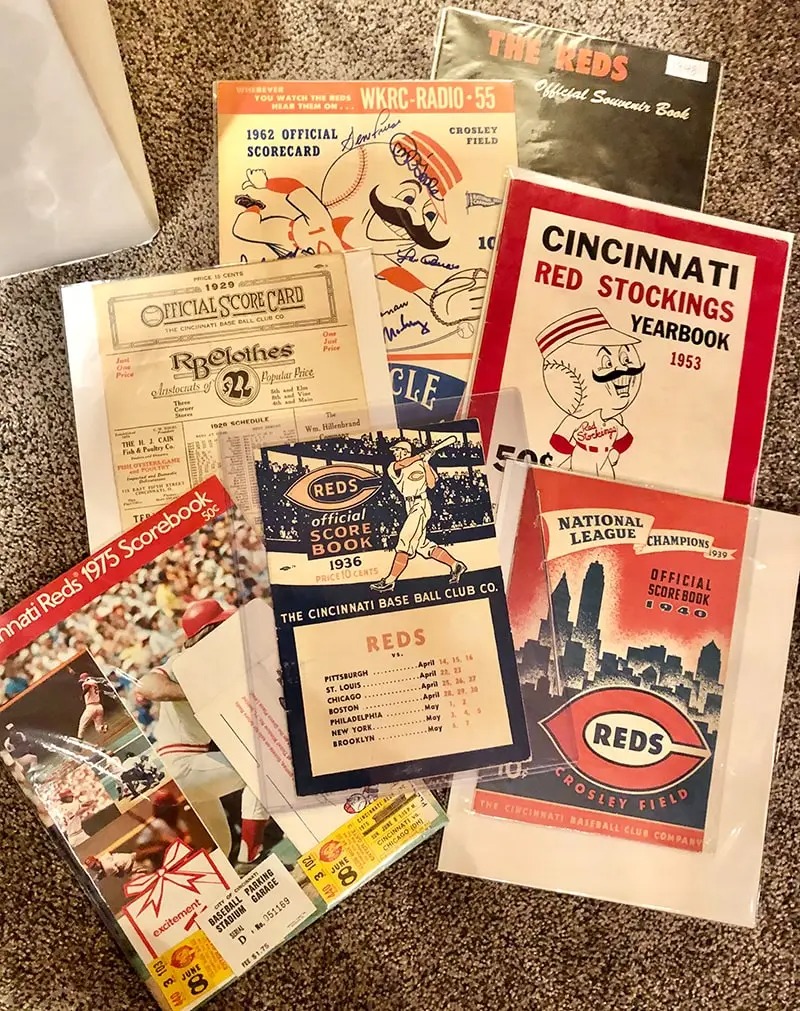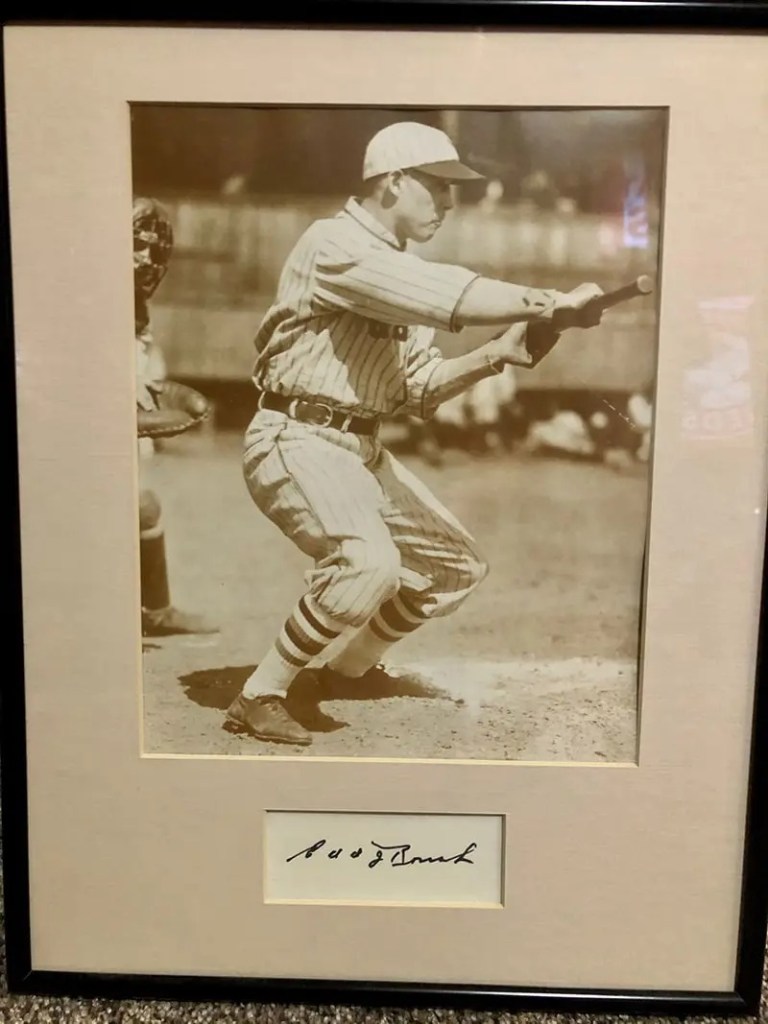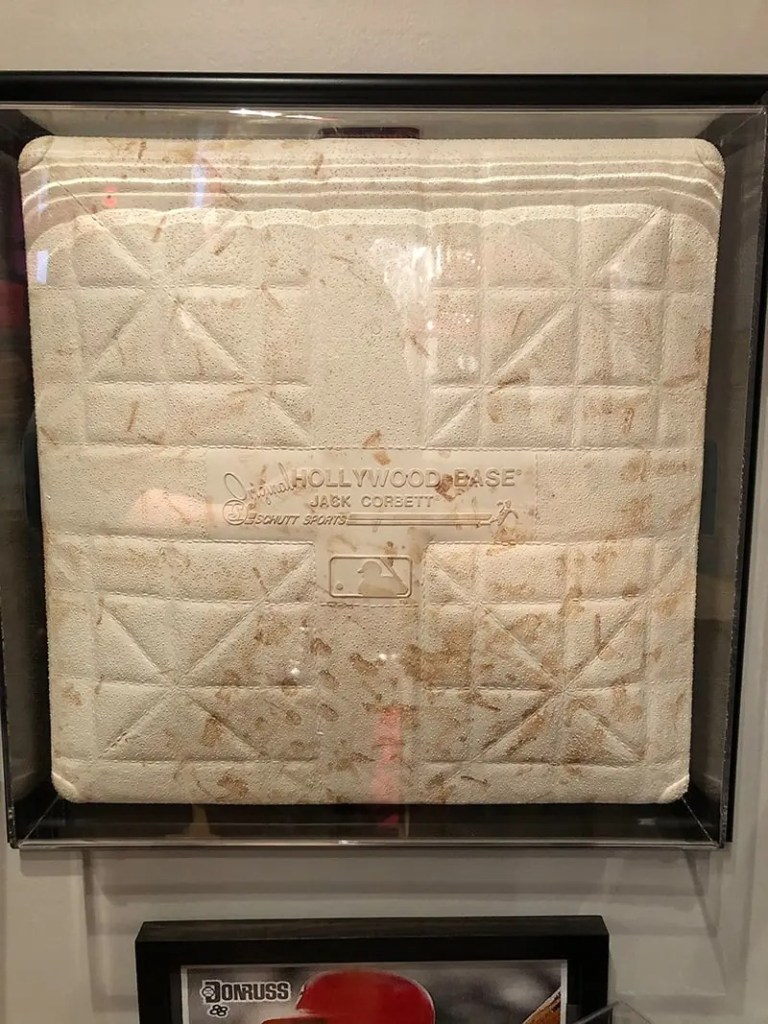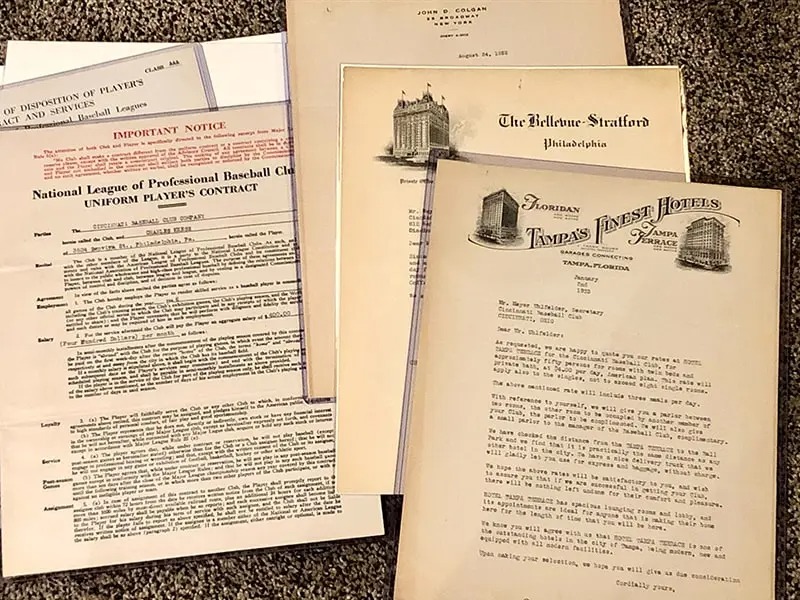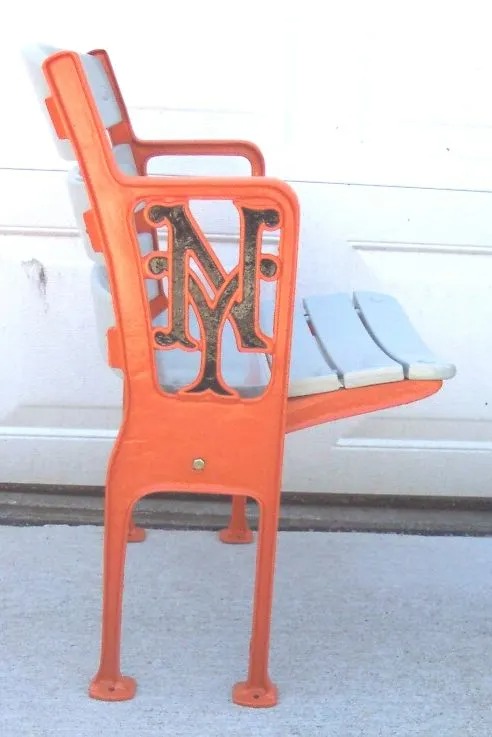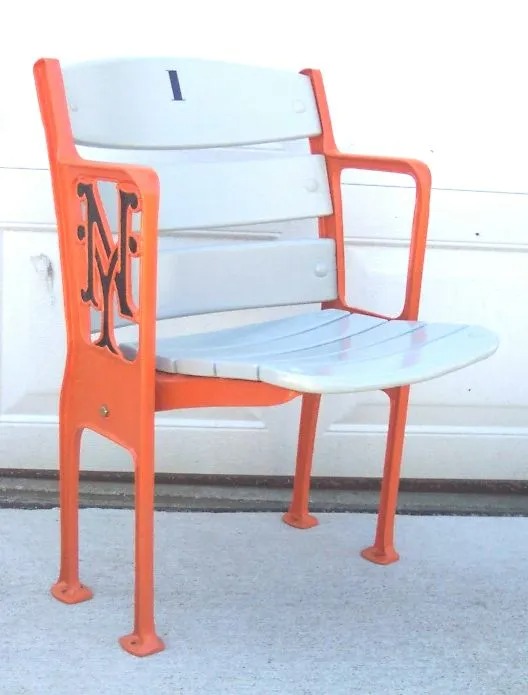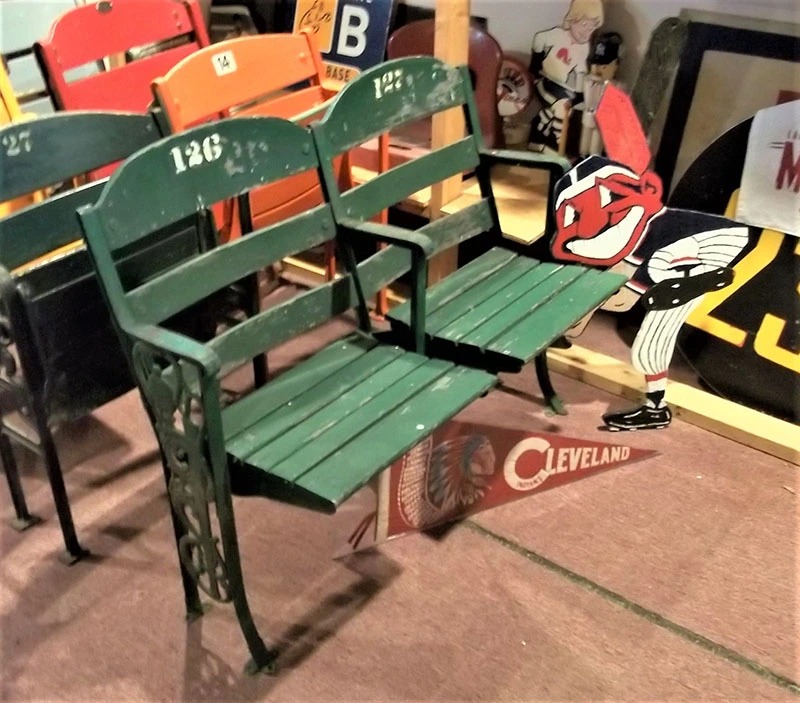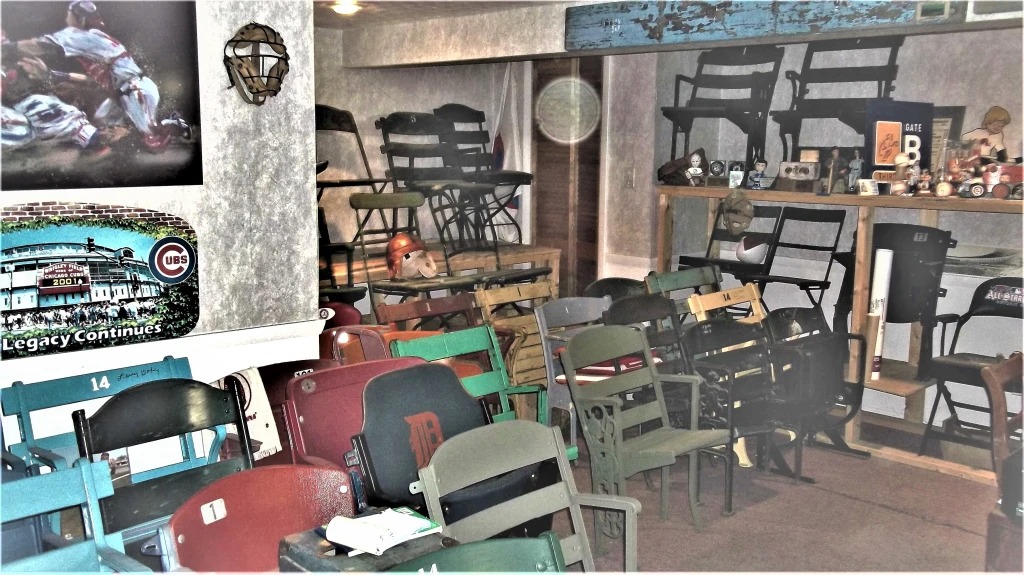After being postponed for a full year due to the COVID-19 pandemic, on July 23, 2021, the Summer Olympic Games will finally have their opening ceremony. With five new sports being added to the mix, viewers of the 2021 Olympics will have something new to get excited about, and loyal fans of these sports can watch their favorite athletes soar to new heights.
Without a doubt, these sports will present new opportunities in the world of collecting! The Olympics have always been a source of some extremely valuable memorabilia, from coins and collectible cups to pins, and Olympic medals to torches, and other items used in the Summer and Winter Games.
A possible collectible for the Tokyo Olympics? Barbie launched a line of Summer Olympics dolls to commemorate each new sport! Each of these five dolls is equipped with everything she needs to compete in the respective sports of skateboarding, softball, sport climbing, surfing, and karate.
Which Olympic memorabilia will prove valuable for these new events? Here’s a look into each sport and the items that might become the collectibles of tomorrow!
Baseball and Softball
Baseball and softball are returning to the Olympic program, having been absent since 2008 after being voted out of the games. Sadly, it’s possible that this return will not be long-lived. These sports haven’t been proposed by Paris 2024 organizers. If you’re a fan of baseball and softball, be sure to watch the 2021 Summer Olympic Games, as this year could present a unique and historical viewing opportunity.
So what’s collectible?
Collectibles for this sport typically include items used in the game (such as bats, balls, and uniforms) and the ever-popular baseball cards. Another notable baseball collectible happens to be an Olympic coin. Baseball first appeared in the Olympics in 1992, and in that year the U.S. Mint produced a silver dollar that depicts an image of Nolen Ryan, a hall of fame pitcher.
Karate
Wax on, wax off! In the 1970s, Jacques Delcourt sought to bring karate to the Olympics, and today this dream is being realized. If the sport’s modern Japanese origins are any indication, it will certainly draw a crowd. Olympic karate will involve two types of events, Kumite and Kata, along with three weight classes. A total of eighty competitors will participate, and both divisions are evenly split between men and women.
So what’s collectible?
Karate uniforms and equipment used in the Olympics could become collectible items. A notable part of the Olympic uniform is the red and blue belts that will be worn by Tokyo competitors. Whether an athlete competes as red or blue will be decided by a random draw. These belts will certainly be popular if any of them go for sale!
Skateboarding
Olympic skateboarding involves two disciplines for men and women: street and park terrain. Forty men and forty women will participate across these two disciplines. The addition of this sport to the Olympic Games presents hope for an increase in viewership, which dropped by nearly 3 million viewers between 2012 and 2016. The International Olympic Committee would like to earn the viewership of millennials by including more youthful sports.
So what’s collectible?
Skateboards themselves are excellent collectible items, and one can only guess that skateboards from these Olympic Games would become a valued collectible! Other skateboarding equipment includes helmets as well as elbow and knee pads.
Surfing
Surfing is another attempt to lure millennial viewers, and it also presents a great opportunity for the United States, as the current top-ranked male and female surfers are both from the USA. The sport of surfing was made popular in the early 1900s by Duke Kahanamoku of Hawaii – a three-time gold medalist in swimming. Duke’s dream of making surfing an Olympic sport is finally being realized. The event program includes the shortboard for both men and women.
So what’s collectible?
Of course, surfboards from the Tokyo Olympics would be a popular collectible item! In general, the most popular surfing collectibles (besides boards) are vintage magazines and posters as well as surfing trophies. For the Olympics, trophies would translate to medals. In any sport, Olympic medals are among the most valuable collectibles, but they rarely go up for sale because of the sentimental value they hold for the winners.
Sport Climbing
Sport climbing is a discipline within rock climbing that involves three formats: bouldering, lead climbing, and speed climbing. Bouldering involves climbing up short sections of rock or climbing walls free of ropes. Lead climbing involves climbing a pre-determined route on a climbing wall, and in speed climbing, participants race each other to climb up a 15-meter wall.
So what’s collectible?
Sport climbing involves equipment such as rope, belaying equipment (equipment used to control the rope), chalk, gloves, and special shoes. Which of these items will get scooped up by a collector at a later date? Only time will tell!
Insurance for Olympic Collectibles
No matter which Olympic memorabilia becomes something of value in the future, Collectibles Insurance Services is here to help protect it. For more information, contact our collectibles insurance experts today!
Sources
https://gritdaily.com/new-sports-tokyo-2020-olympics/
https://www.olympic.org/news/ioc-approves-five-new-sports-for-olympic-games-tokyo-2020
https://en.wikipedia.org/wiki/Karate_at_the_Summer_Olympics
https://en.wikipedia.org/wiki/Skateboarding_at_the_Summer_Olympics
https://tokyo2020.org/en/sports/surfing/
https://en.wikipedia.org/wiki/Baseball_at_the_1992_Summer_Olympics
https://www.today.com/parents/five-new-barbie-summer-olympics-dolls-2020-tokyo-games-t174103
https://www.karatebyjesse.com/karate-tokyo-olympic-2020/
https://www.rei.com/learn/expert-advice/sport-climbing-checklist.html

